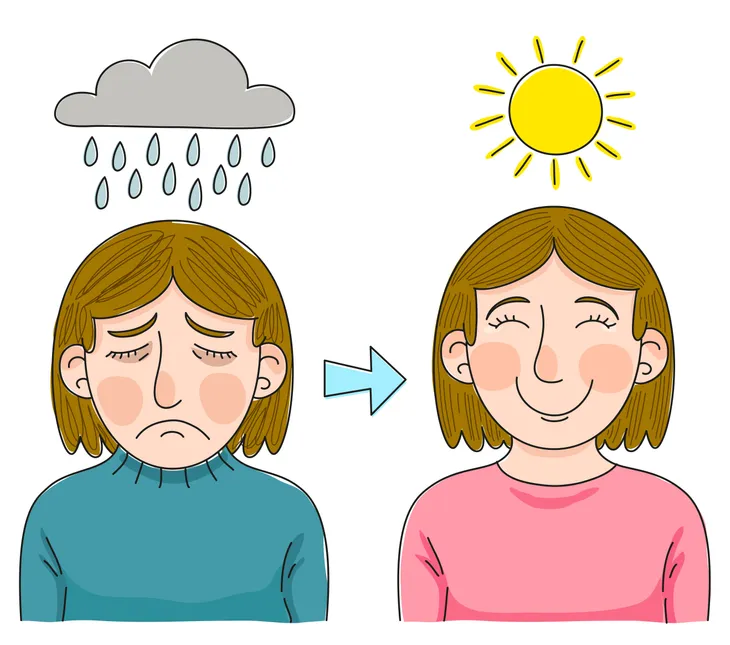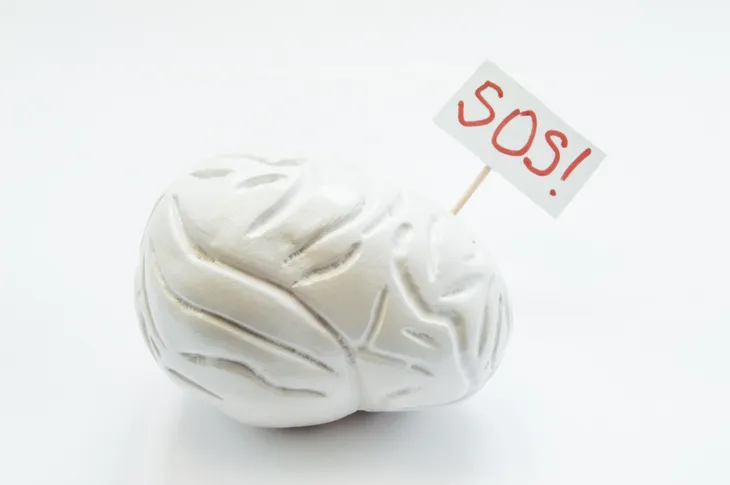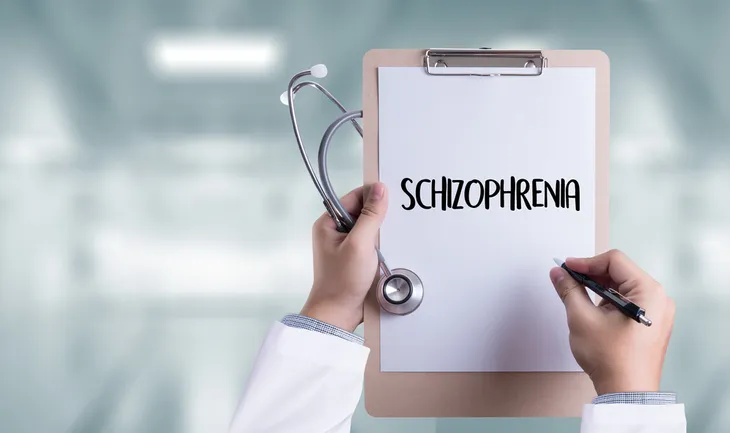Some people may get bipolar disorder and schizophrenia mixed up, as they both can be marked by sudden personality changes. However, while they’re both psychological disorders, they’re not the same.
Diagnosis for both conditions differs, and that means the treatment is specific for both as well. Here are 12 things to know about a loved one suffering from either condition, and how to help them manage it…
The Big Differences
While there are differences in several symptoms, there are some that are dividing between bipolar and schizophrenia, according to Healthline. Those with bipolar disorder will experience “strong shifts in energy, mood, and activity levels,” notes the source.
Meanwhile, those with schizophrenia can have symptoms that present as more severe than bipolar disorder, it adds. While bipolar patients can experience hallucinations and delusions, those are more common markers of schizophrenia, says Healthline. “People with schizophrenia may also experience disorganized thinking in which they are unable to care for themselves,” it notes.
There Are ‘Positives’
Well, not exactly. Some of the symptoms of schizophrenia mentioned by Healthline are called “positive,” but it just refers to symptoms that are in addition to what people without schizophrenia experience.
For example, hallucinations are a “positive” symptom that is not present in the average person, while social withdrawal associated with the condition can be seen as a “negative” symptom, it adds.
Schizophrenia Symptoms
As we already noted, certain schizophrenia symptoms can be divided into two categories of negative or positive. However, there are other symptoms, notes Healthline.
These symptoms include a loss of interest in doing things, moodiness, a lack of emotion, making “irrational statements,” surprising or unusual behavior, altered sleep patterns, laughing at inappropriate times, and even violent outbursts (including self-harm), it adds.
Symptoms of Bipolar Disorder
While there are different classifications of bipolar disorder with different patterns, there are some “important” markers of bipolar disorder to consider, says VeryWell Mind.
The source says the only requirement to be diagnosed with Bipolar I disorder is having at least one manic episode, where the patient exhibits high levels of energy, speaks quickly, and possibly engages in risky behavior. While bipolar patients also experience periods of depression, at least one depressive episode is required for a diagnosis of Bipolar II, it adds.
Gray Matter Matters
An article from ScienceDirect.com explains a study from Gregorio Marañón University Hospital in Madrid and the Network of Centres for Biomedical Research in Mental Health Networks (CIBERSAM) shows young people experiencing their first episode of psychosis (associated with schizophrenia and bipolar) have less gray matter in their brains than healthy teenagers.
The study involved 121-patients aged 7 to 18 using MRI to detect “possible changes in the structure of their brains,” it adds. The results show that the gray matter in both types of illnesses is “somehow atrophied.” Another source, however, points out that the severity of gray matter loss may be different for both: a post on the U.S. Library of Medicine explains schizophrenia patients can have reductions in the frontal and temporal brain regions, while patients with bipolar do not show “significant” gray matter deficits compared to schizophrenia patients.
How Schizophrenia is Diagnosed
In order to be diagnosed with schizophrenia, a patient must experience two symptoms including delusions, hallucinations or disorganized speech (referred to as “word salad” where words don’t make sense together) for at least one month, says VeryWell Mind.
If only one of these symptoms is present, the source adds there must be other telltale signs such as extreme psychomotor behavior (fidgeting or repetitive movements), showing little emotion, or alogia (a reduction in the “quality of speech”). Meanwhile, there has to be a demonstrated impact on work or school performance, personal interactions, or self-care, it adds.
Diagnosing Bipolar Disorder
As we noted before, there are different types of bipolar disorder, each with different diagnostic criteria. With Bipolar I, the patient must have had at least one manic episode, “which may or may not include psychosis,” says VeryWell Mind.
For Bipolar II, the patient must have experienced at least one hypomanic episode (a less severe form of mania), but also at least one depressive episode that may include psychosis. The condition must also be linked with a “clinically significant disruption with occupational and/or social functioning,” it adds.
Risk Factors
When it comes to risk factors, these two conditions are more similar than different, notes Healthline. While the exact cause for either is not known, “genetics are probably a risk factor, as both conditions likely run in families,” it notes.
It stresses that it doesn’t mean you’ll inherit either illness if a relative has had it, but the risk will increase if more than one family member has a history of the disorders. The source also says there could be some external factors that contribute to both conditions that aren’t yet fully understood.
Who’s Affected By Both
Both illnesses are relatively uncommon, and they tend to affect patients at different ages. For example, bipolar disorder affects about 2.2-percent of the U.S. population and most often shows up between “the late teen years and early adulthood,” notes the source, although children can also show signs of the disorder, it adds.
Meanwhile, schizophrenia is slightly less common at a 1.1-per cent prevalence rate, and those who are diagnosed are usually between the ages of 16-and 30, it adds. Children rarely exhibit signs of this illness, it adds.
Treating Schizophrenia
Healthline says treating schizophrenia typically involves medications (antipsychotics) and psychotherapy. Some of these medications include risperidone, aripiprazole (Abilify), and haloperidol (Haldol), notes the source.
The medical team may also turn to cognitive behavioral therapy to identify and change behavior patterns. There’s also a specific care program called Recovery After an Initial Schizophrenia Episode (RAISE) for those who have only experienced one episode, it adds.
Treating Bipolar Disorder
Similarly, addressing bipolar disorder involves medications and therapy, says Healthline. The drugs used for bipolar disorder differ from those used for schizophrenia – they include mood stabilizers such as lithium, as well as atypical antipsychotics and antidepressants in some cases, it adds.
Psychotherapy for bipolar disorder focuses on managing mood swings, educating family members to better deal with behaviors, and identifying triggers (such as lack of sleep and stress), it adds.
Management of Bipolar and Schizophrenia
Aside from following doctor’s orders and taking prescribed medications, patients with either illness should have a strong support network of family and friends (and co-workers) to help manage the symptoms, notes Healthline.
Support groups can also be very useful, as both conditions can increase the risk of suicide, it adds. Try to ensure alcohol and non-prescription drugs are avoided, as they can contribute to suicide risk. Also focus on getting adequate sleep, improving your diet, and learning stress management techniques.















